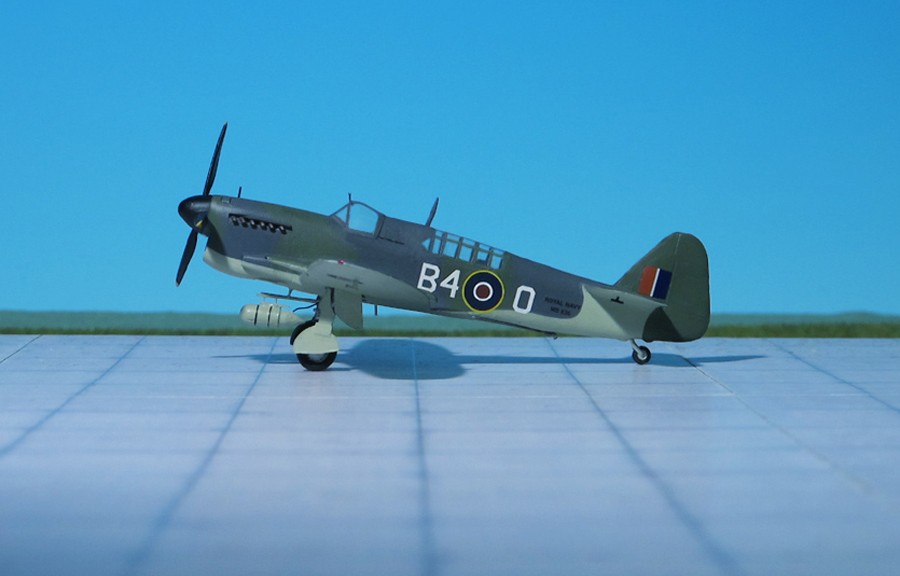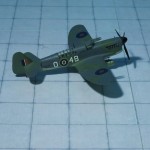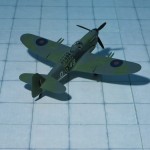TYPE: Carrier-borne fighter-reconnaissance aircraft
ACCOMMODATION: Crew of two (pilot and radar-observer)
POWER PLANT: One Rolls-Royce Griffon XII inline engine, rated at 1,765 hp
PERFORMANCE: 316 mph at 14,000 ft
COMMENT: The Fairey Firefly brought versatility to a degree previously unapproached in a carrier-borne aircraft. Despite the fact that its wartime career was relatively brief, the Firefly not seeing action until mid-July 1944, it fought in practically every operational theatre, from the Arctic to the Tropics, emerging as perhaps the most successful of British wartime shipboard aeroplanes. In 1939 the admiralty issued specification N.8/39 and N.9/39, which respectively called for a fixed-gun fighter and a fighter possessing a power-driven turret in which all armament was concentrated. The Fairey Company submitted designs for both specifications, but concluded that a clean two-seat fighter with fixed-gun armament offered greater potentialities. A design on these lines was accepted in principle, specification was revised to N.5/40, and an initial contract for 200 machines was ordered. On December 1941 the first prototype – the name “Firefly” was selected – made its initial flight. The first production aircraft was delivered in March 1943 and quantity production began in autumn 1942. The contract called for 800 aircraft and the first operational unit received the Firefy F.I. on October 1943. A total of 430 F.Mk.I are built by Fairey and under sub-contract by General Aircraft. The Firefly F.I was succeeded by the F.R.Mk.I fighter-reconnaissance aircraft carrying ASH shipping detection radar, a total of 376 aircraft were produced (Ref.: 12).














